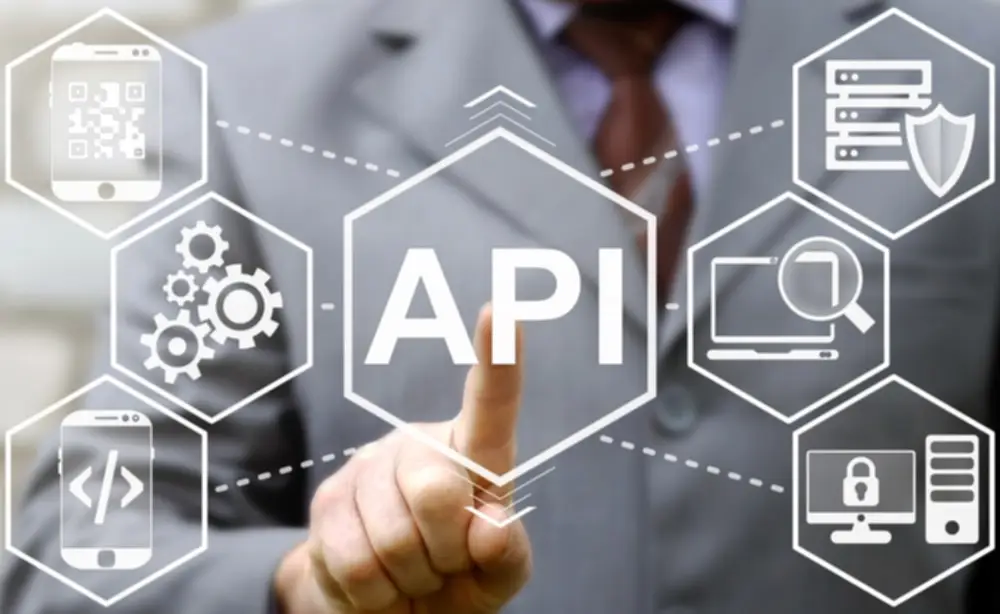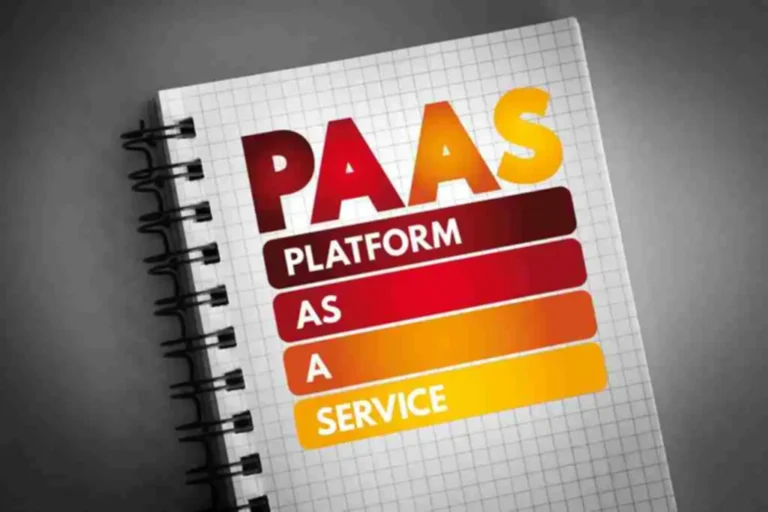Risk Administration: Mitigating Dangers Through Important Path Evaluation
Likely danger events might have a 61 to ninety percent likelihood of occurring, while extremely unlikely occasions are extremely rare, with a lower than 10 percent probability of occurring. Depending on the enterprise and its threat urge for food, an insignificant influence could cause a negligible quantity of harm — corresponding to a lack of lower than $1K — while a catastrophic impact might create losses of $1M or more. Risk assessments must be conducted often, a minimal of annually, or whenever vital changes happen within the enterprise or its exterior setting. Predictions are sometimes based on historic data, assuming future events observe similar patterns. AI and machine learning models can predict potential future dangers by analyzing huge amounts of information, including unstructured data from news articles, social media, and other digital platforms.
- The ultimate goal is to safe the group’s belongings, ensure project success, and preserve the business’s overall well being.
- Risk likelihood is the chance or frequency that an issue will happen, given the present circumstances and assumptions.
- If you need to see what risk administration instruments like Predict360 can do in your organization, merely sign up to get a stay demo of Predict360’s most fun features by getting in contact with us through chat, or request a demo.
- Financial institutions are topic to numerous laws, such because the Basel Accords, which set worldwide requirements on banking laws and laws.
Threat Evaluation In Healthcare Organization
The significance of a developed E-Banking Risk Assessment stems from the rising reliance on digital platforms for monetary transactions. Inadequate risk administration on this sphere can lead to critical penalties, together with knowledge breaches, financial losses, and erosion of customer belief. Conversely, a well-executed risk assessment ensures safe and reliable e-banking companies, compliance with regulatory requirements, and the preservation of the institution’s popularity. The strategy of identifying dangers, assessing risks and developing methods to handle dangers is named danger administration. A danger administration plan and a enterprise influence evaluation are essential parts of your business continuity plan.
Impacts Of Poor Threat Management (and What You Can Do About Them)
Measuring threat influence and probability just isn’t an exact science, however a ability that may be improved with practice and feedback. It’s important to use multiple sources of information and knowledge to assist your estimates, corresponding to historic information, market trends, professional opinions, or surveys. Additionally, you should evaluation and update your threat matrix or register regularly, as situations may change over time. To get the most effective results, search feedback from stakeholders, colleagues, or mentors in your threat measurement course of and outcomes.
What’s A Danger Assessment Matrix?
Proper threat management implies management of attainable future events and is proactive somewhat than reactive. British Petroleum (BP) has applied several risk management measures following the Deepwater Horizon oil spill in 2010, which was one of the largest environmental disasters in historical past. As a results of the spill, BP was subject to a $20.eight billion settlement with the us authorities and 5 Gulf states in 2015. The company has since strengthened its threat administration strategy to forestall similar incidents in the future. An important component of the danger assessment matrix is figuring out the chance of a danger occurring. After all, if you incorrectly determine the likelihood of a risk, you’ll be missing a important alternative to stop unnecessary value losses.
It requires dedication, resources, and a proactive approach to guarantee that dangers are successfully managed. By adopting these strategies and continuously assessing the effectiveness of risk mitigation measures, organizations can enhance their overall threat management strategy and decrease potential threats to their success. By understanding task dependencies, estimating durations, identifying the important path, and planning for potential delays, project managers can better mitigate dangers and ensure project success. Risk administration strategies are severely influenced by regulatory changes which will add new requirements for compliance, which should be adhered to by organizations inside strict timeframes. Such modifications can have an result on a company’s operations, financial reviews and information management.
A enterprise that may predict a monetary danger will restrict its investments and focus on strengthening its finances. A business that can assess the impact of a safety risk can devise a protected approach to work which is normally a major competitive advantage. In a threat administration resolution, all the relevant stakeholders could be sent notifications from inside the system.
It enhances different threat assessments and contributes to a comprehensive danger administration strategy by addressing the distinctive dangers posed by external partnerships and repair providers. While it’s uncommon in lots of industries, a fatal workplace damage would be high-impact and reportable to OSHA. That’s why it’s so important to have an accurate picture of all the potential risks your corporation faces so you presumably can assess their impression and create a successful risk management plan. To understand the character, estimate the level of each risk and provide the premise for threat evaluation and correct selections, it is necessary to know all limits of the risk matrix as a end result of they have an result on the reliability of the information supplied. This threat assessment is crucial for financial establishments as a result of severe penalties of non-compliance, which embrace hefty fines, legal sanctions, and reputational damage.
Nearly 50% of the Fortune 500 leverage AuditBoard to move their businesses ahead with larger clarity and agility. Rapid modifications in variables, including technological advances, geopolitical shifts, and surprising world occasions like pandemics, can compromise the effectiveness of predictive models. Key risk indicators are often confused with key performance indicators (KPIs), that are metrics that assist a company assess progress toward declared targets. If an organization makes a speciality of retail gross sales, for example, a key risk indicator may be the variety of customer complaints. An increase in this KRI could be an early indication that an operational drawback must be addressed.
Changes could introduce new dangers or alter current ones, necessitating updates to danger assessments, policies, and procedures. Risk identification is a very important place to begin within the danger management process. It appropriately identifies and documents potential hazards to a project or group. The company considers internal and exterior components to identify potential risks and hazards.
Enterprise Risk Assessment (ERA) is a complete strategy to threat administration, essential for any monetary institution. This sort of assessment entails a holistic analysis of all potential dangers that an organization may face. Unlike targeted danger assessments that focus on particular areas, such as cybersecurity or credit, ERA encompasses all elements of an organization’s risk profile, including operational, strategic, monetary, and compliance dangers. In the dynamic landscape of project administration, the ability to foresee and navigate potential dangers is paramount. Critical Path Analysis (CPA) emerges as a formidable tool in the arsenal of danger administration, providing a methodical strategy to establish, analyze, and mitigate potential threats to project timelines.
A 5×5 threat matrix is a type of risk matrix that’s visually represented as a table or a grid. It has 5 categories every for probability (along the X axis) and impression (along the Y axis), all following a scale of low to high. To take the subsequent step in fortifying your financial institution’s risk administration framework, contemplate partnering with seasoned professionals. Our group at RADD LLC is adept at steering organizations by way of the multifaceted world of economic risk assessments.
Dashboards then present a clear visible illustration of how each crucial danger and control is performing, which could be rapidly analysed and shared. The myosh Risk Assessment module enables you to accurately establish and consider danger. Reserve Analysis involves setting aside contingency reserves (time, cash, or resources) to handle dangers that may have a better chance of occurring and could cause a better impression.
Without an understanding of the corporate, it is troublesome to determine where it might be in danger. However, critical and excessive threat aren’t interchangeable terms and shouldn’t be regarded as such. It’s important to grasp that classifying a vendor as critical serves an entirely different objective than rating a vendor as excessive threat.
While threat management is the overarching process of figuring out, assessing, and prioritizing risks to an organization, risk management focuses specifically on implementing methods to mitigate or eliminate the identified dangers. Risk administration sometimes entails the development of an overall danger administration plan, whereas danger control addresses the techniques and tactics employed to attenuate potential losses and shield the group. This RCAM example outlines different danger classes, similar to Finance, HR, Operations, and IT, and includes particular risks inside every category. The probability and impact of every risk are assessed, leading to an general risk rating. Finally, action plans are proposed to enhance risk control measures or tackle identified gaps in threat administration. Using the danger evaluation matrix for threat management will reduce not solely the probability of the risks your corporation faces but also the magnitude of their impact on enterprise operations.
/











